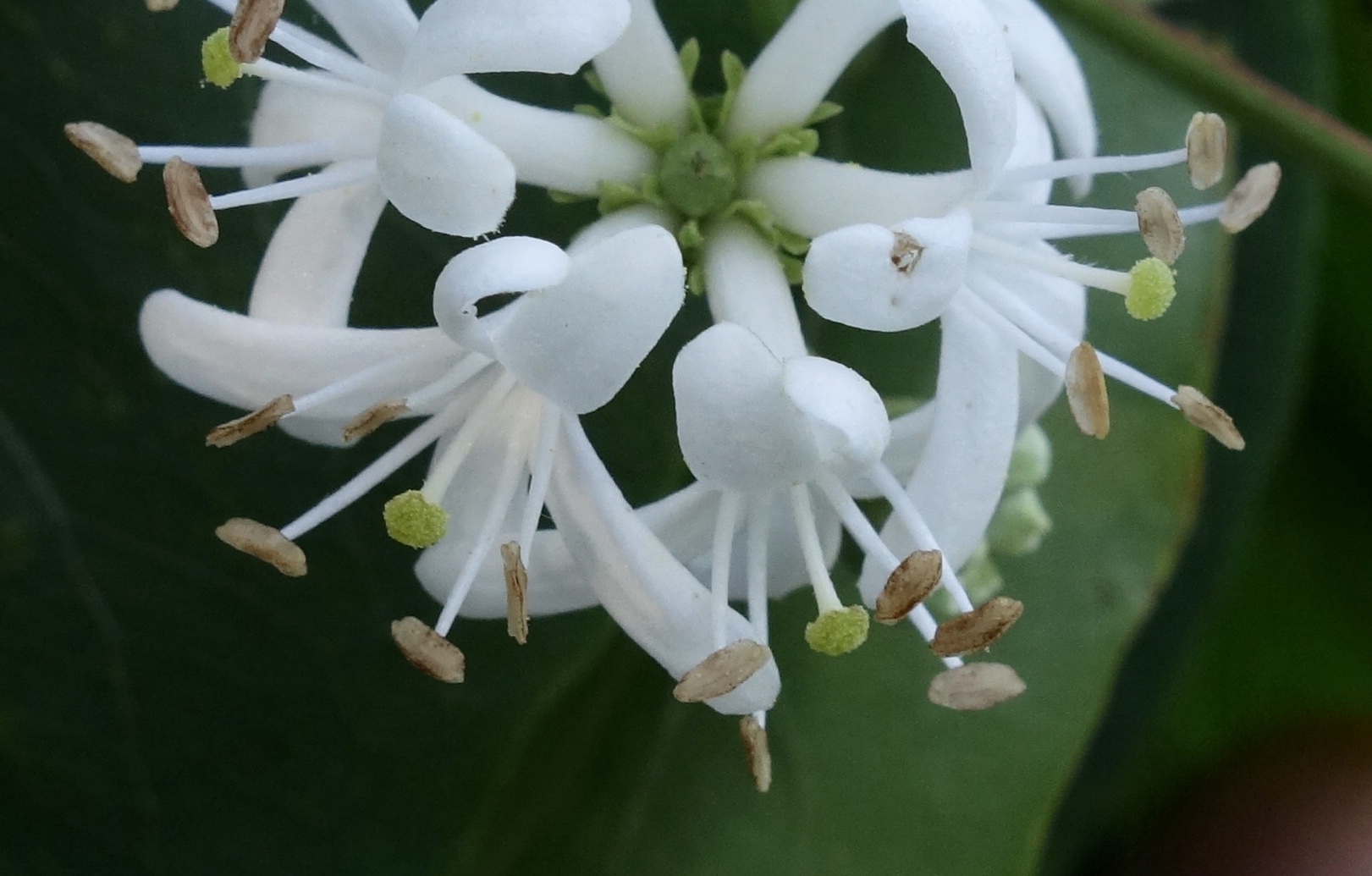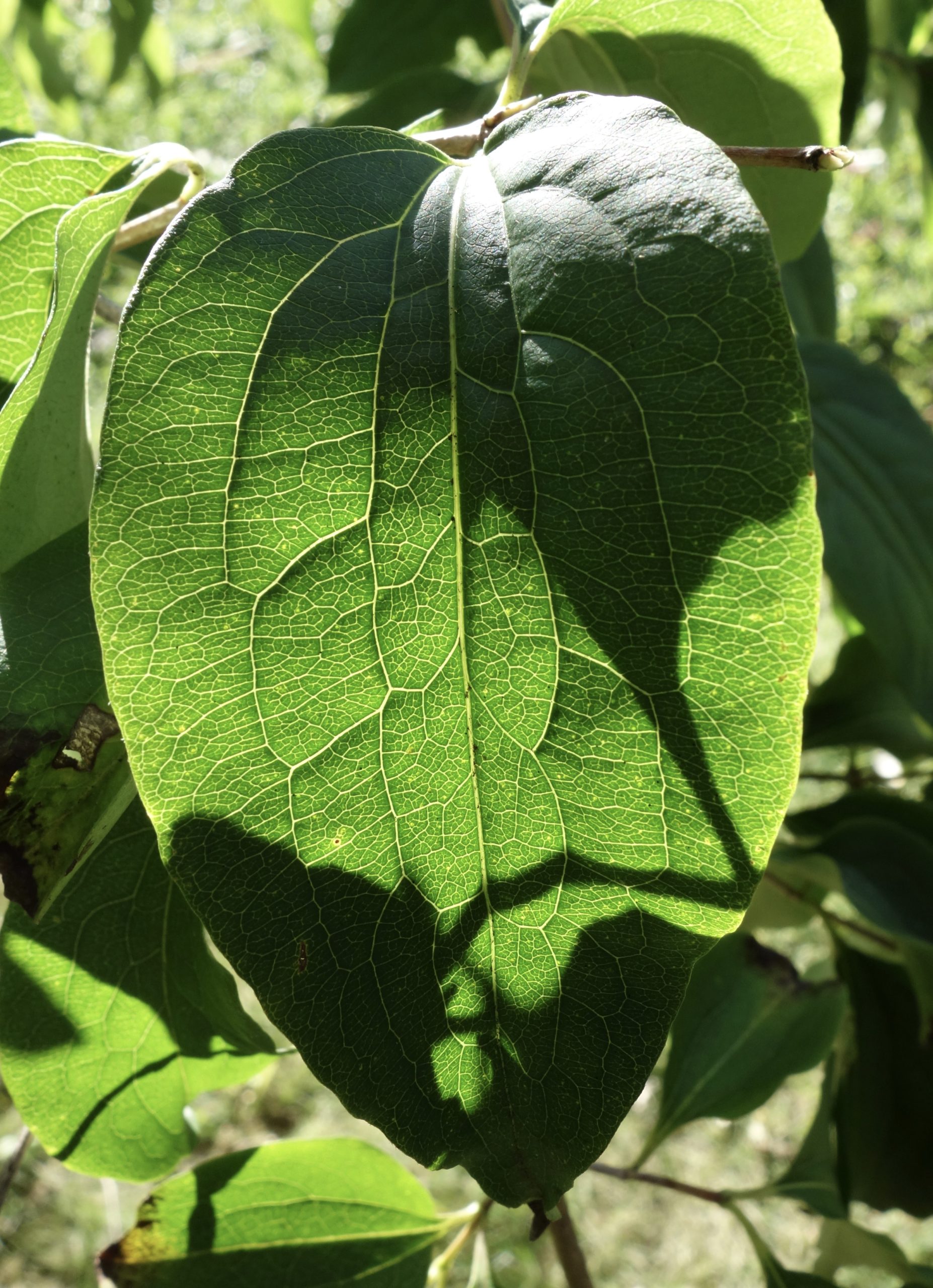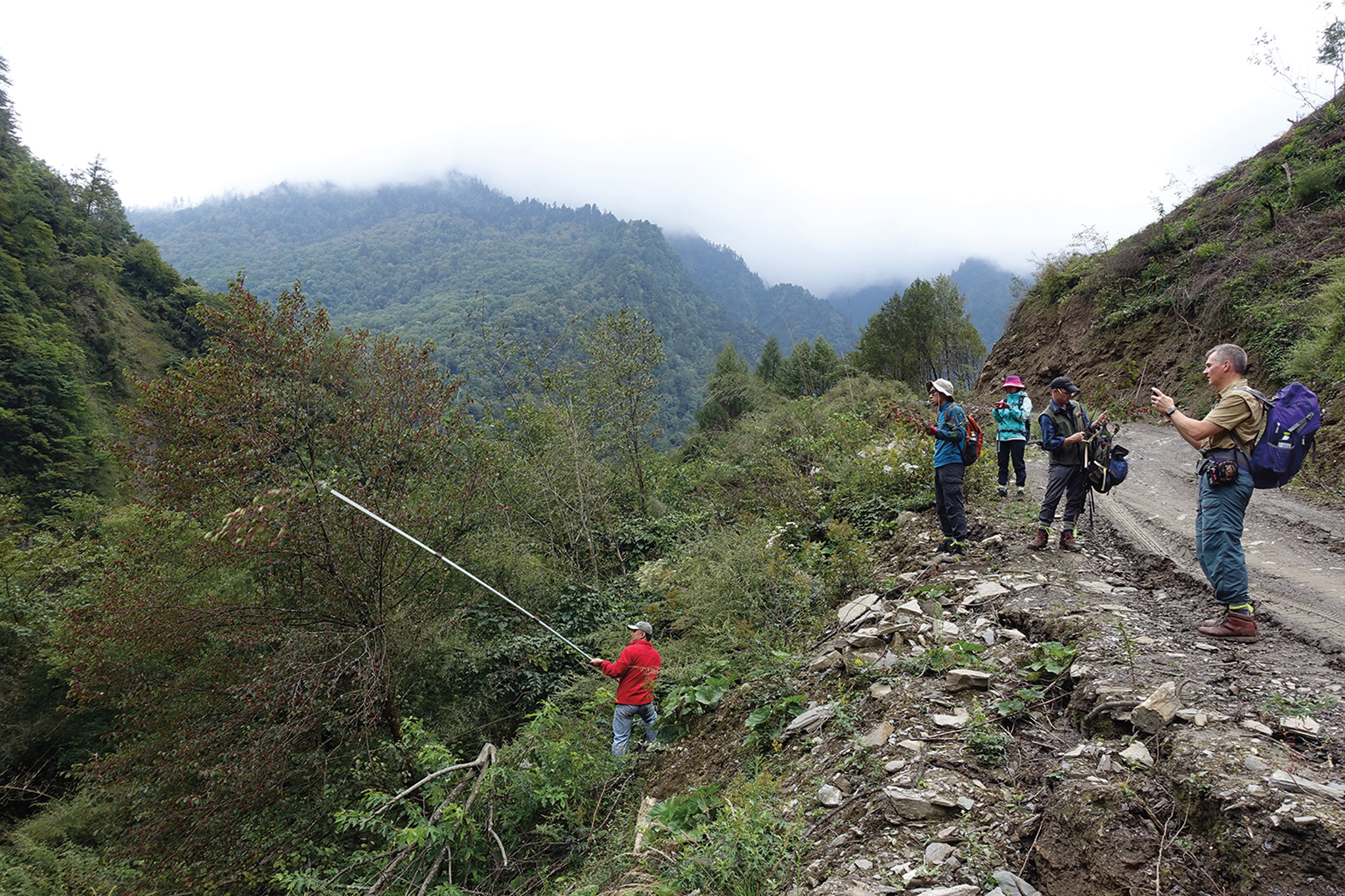
Seven Son Flower
Heptacodium miconioides
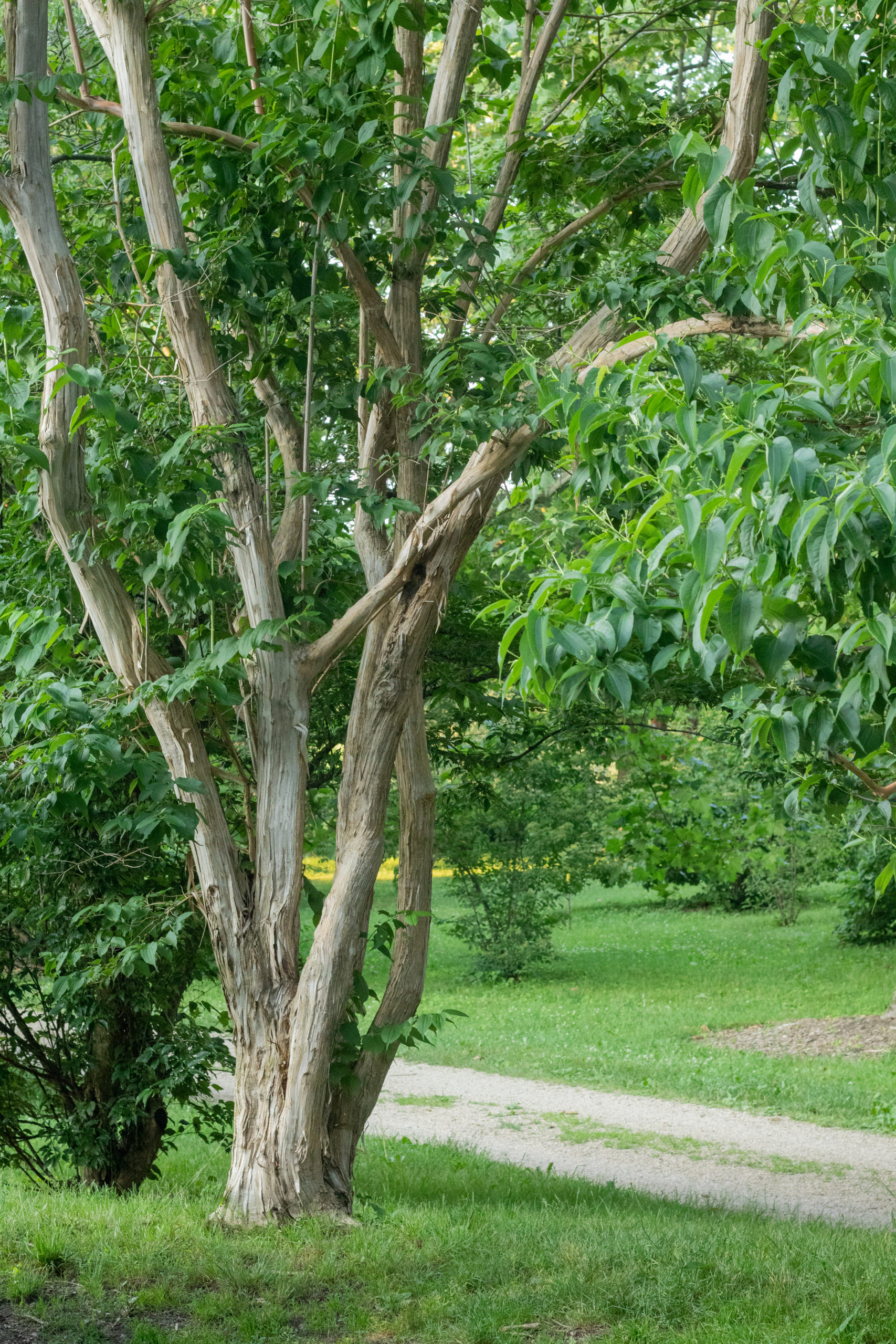
- Accession Number
- The alpha-numeric value assigned to a plant when it is added to the living collection as a way of identifying it.
- Accession Date
- The year the plant’s accession number was assigned.
- Common Name
- The non-scientific name for the plant.
- Scientific Name
- The scientific name describes the species of an organism. The first word is the plant's scientific genus and the second is the specific epithet. This two-word binomial is sometimes followed by other taxonomic descriptors, including subspecies (denoted by "ssp."), variety (denoted by "var."), form (denoted by "f." or "forma"), and cultivar (denoted by single quotation marks).
- Plant Family
- The family to which the plant belongs.
- Propagation Material
- The first part (material code) describes the material used to create the plant. The most common codes are "SD" (seed), "EX" (existing plant), "PT" (plant), "CT" (cutting), "SC" (scion), "SG" (seedling), and "GR" (graft). The second part describes the lineage the plant is derived from. The last part describes the year of propagation.
- Collection Data
- The first part indicates provenance (place or source of origin) using a letter code ("W" = wild, "G" = garden, "Z" = indirect wild, "U" = uncertain). The second part lists the plant source. For wild-collected material, the collector, collection number, and country are given.
- Location
- The location of the plant on the landscape.
S. A. Spongberg, Arn. Arb.
Seven son flower was never grown in the United States until 1980. This plant was among the first.
In 1907, an Arnold Arboretum plant collector named Ernest Henry Wilson collected an herbarium specimen Herbarium specimen: An herbarium specimen is a pressed and dried plant sample that is generally mounted on a sheet of paper. Specimens can be stored indefinitely and are used for a wide variety of botanical research. of an unfamiliar shrub in western Hubei Province, China. The ten-foot-tall plant had small white flowers and was clinging to a cliff. Wilson noted that it was “very rare!” A few months later, Wilson returned, presumably expecting to collect seeds, but the fruit was mostly undeveloped. In fact, the plant was still flowering. He collected a second herbarium specimen that included only a single fruit with ripe seed. The specimens were sent back to the Arnold Arboretum. In 1916, Wilson’s colleague Alfred Rehder determined that the specimens belonged to a new species. He named it Heptacodium miconioides.
Curiously, because Rehder based the scientific description entirely upon Wilson’s herbarium specimens, he failed to note two of the most distinctive characteristics of the seven son flower: the bark and the dramatic color of the mature fruits. The bark is bone colored, and on older stems, it peels into long, shaggy strips. The fruits feature petal-shaped structures (technically sepals Sepals: Sepals are produced beneath petals within the outermost whorl of a flower. The sepals of a single flower are collectively known as the calyx. ) that ripen to vibrant shades of pink and crimson. Rehder described the shape of these elongated, papery sepals, but given the general immaturity of the fruit on Wilson’s specimens, he could not have appreciated their dramatic appearance. When massed on the branches, the red fruits almost resemble a second flush of flowers: an upgrade from the original white.
It would take more than seventy years after Wilson’s collections for the seven son flower to return to the Arnold Arboretum. This time it arrived as healthy seed. In 1980, the Arboretum’s taxonomist Stephen Spongberg was one of five American botanists invited to participate in a collaborative research expedition in western Hubei Province, China. The researchers spent three months in the field, working alongside botanists from the Chinese Academy of Sciences. (A future Arboretum researcher named David Boufford, then at the Carnegie Museum in Pittsburg, was also a member of the expedition.) At the end of the trip, the researchers toured the Hangzhou Botanical Garden in Zhejiang Province. There, they saw a seven son flower, growing as an arching multi-stemmed shrub. This was the first time any of the American members had seen a living example of this species. The garden staff allowed the Americans to collect seed to take home. Part of the seed went to the Arnold Arboretum, part to the United States National Arboretum. It was the first introduction of this species into North American cultivation.
At the Arnold Arboretum today, five of the six plants grown directly from this 1980 gift are located near the Centre Street entrance. This plant is among them. Although the original seed was collected in a garden, staff at the Hangzhou Botanical Garden knew that the parent plant had been dug from a forest preserve in Zhejiang Province. The seven son flower is considered rare in the wild—even vulnerable to extinction—and the cultivated introductions to North America and Europe are also limited. In 1981, the Hangzhou Botanical Garden sent additional seed to the Arnold Arboretum and potentially to other gardens. These introductions in 1980 and 1981—both from the same source—are believed to be the source of nearly all seven son flowers in the United States.
Click here to read a transcript of the audio segment below. Visiting the Arboretum’s landscape with your family to see this tree for yourself? Download a printable guide in English or Spanish.
China
Viewing this plant in-person? Look for these defining characteristics:
About Our Collection
Fun Facts
Stats
- Living Specimens
- Specimens Dead or Removed
- First Addition
- Most Recent Addition
- Tallest Specimen
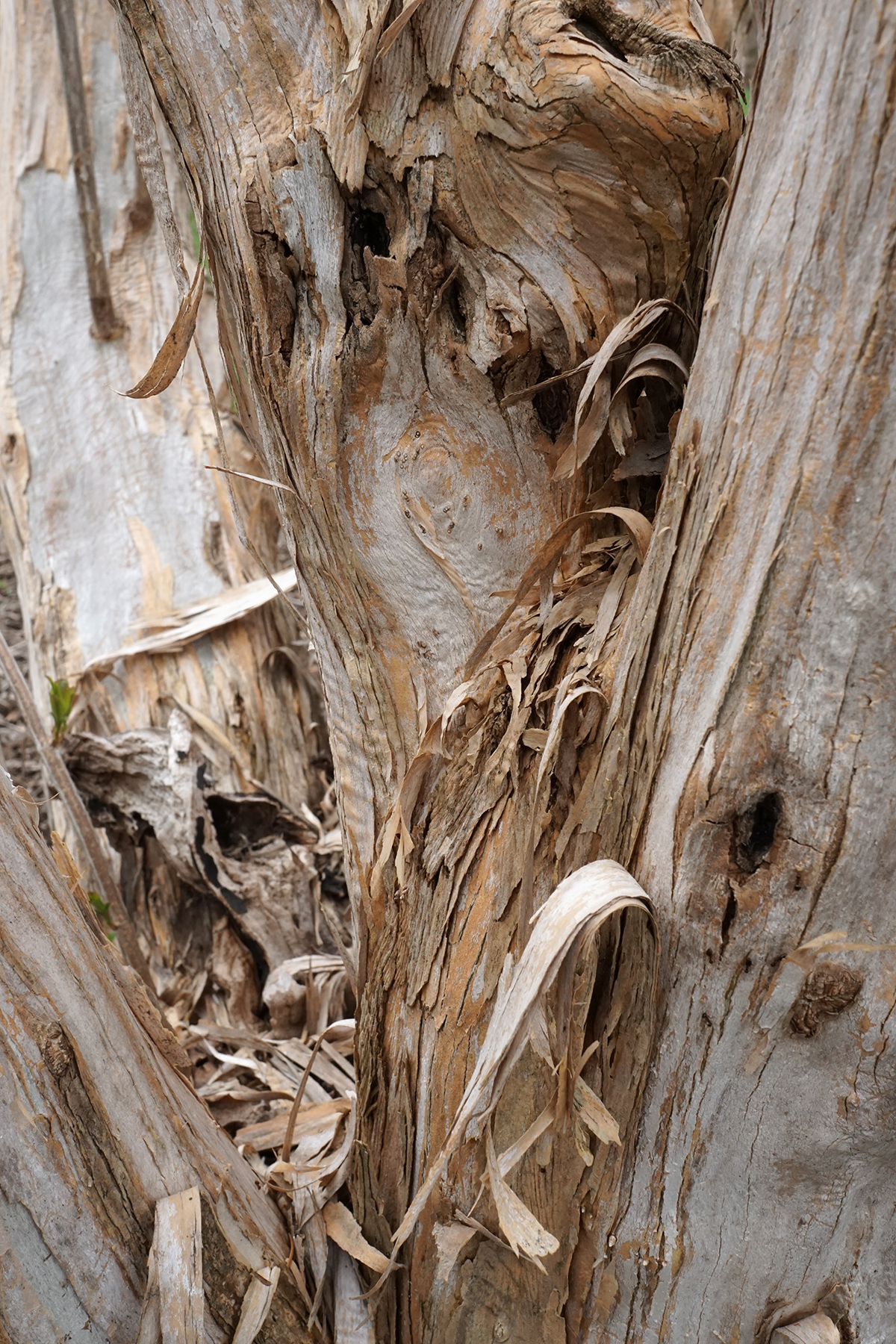

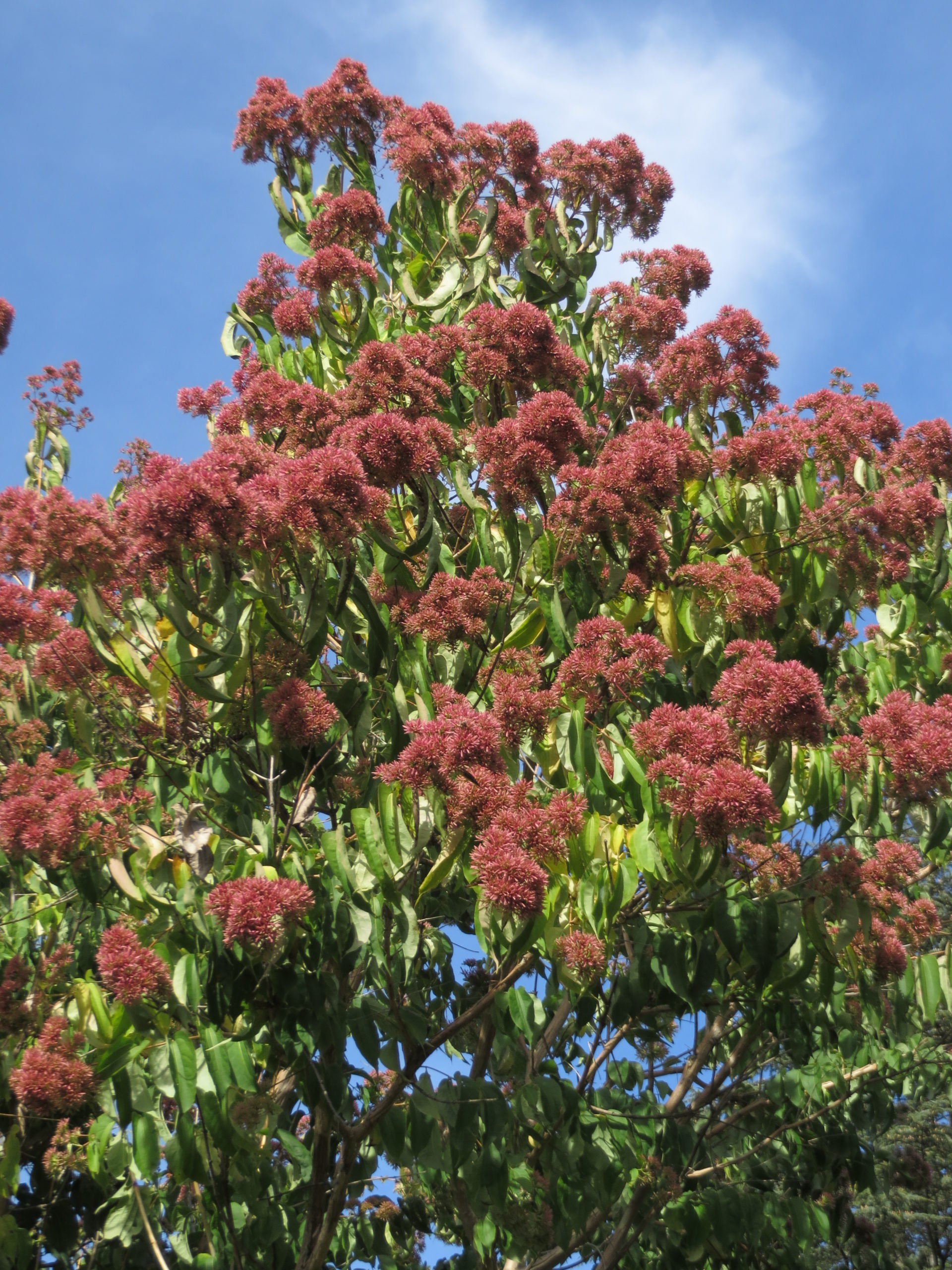
Living Specimens
| Plant ID | Accession Date | Received As | Origin | Source |
|---|---|---|---|---|
